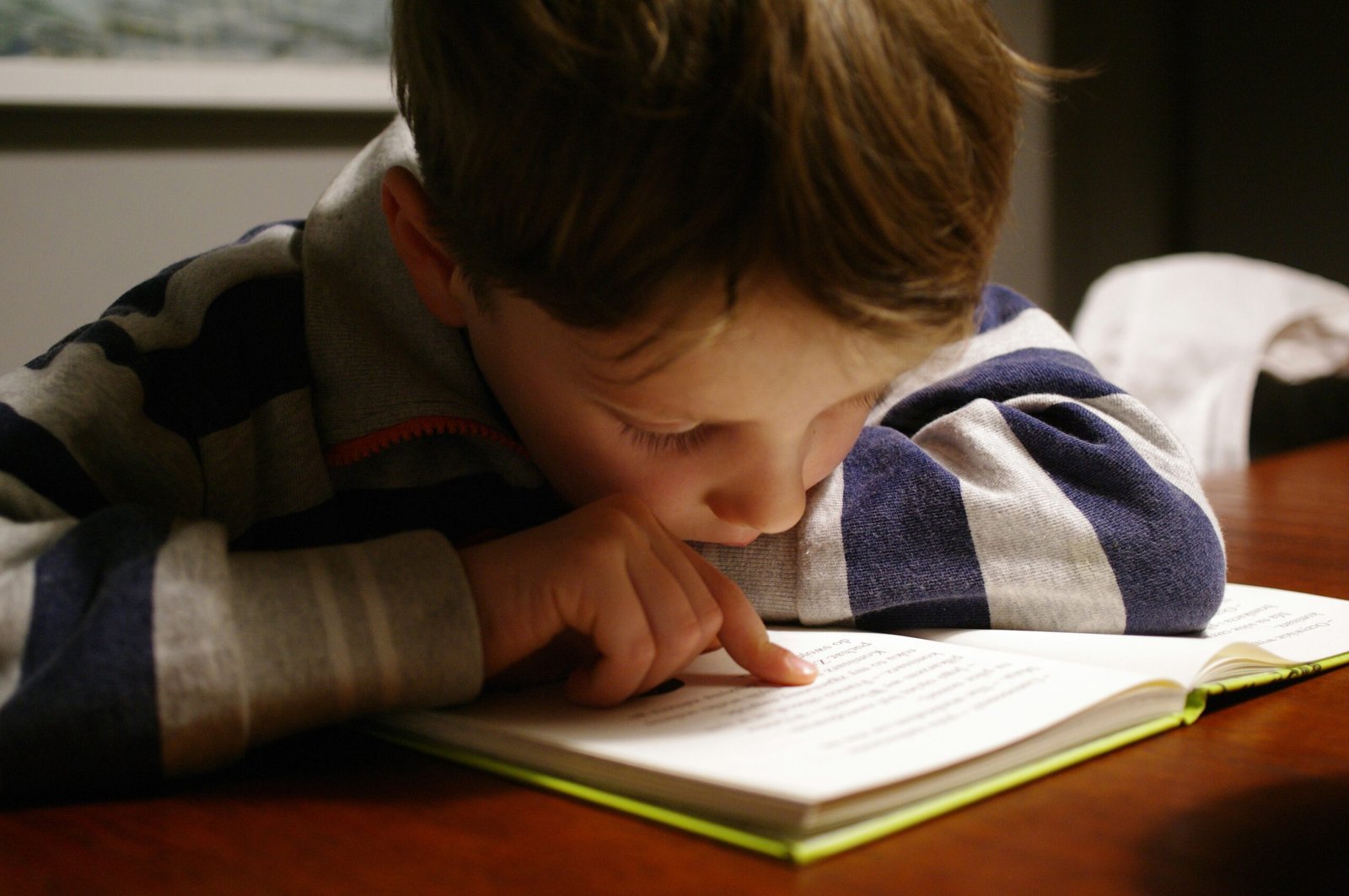Why Telling Kids to “Just Focus” Doesn’t Work
If you’ve ever said “just focus!” to your child, only to see them drift off again a few seconds later, you’re not alone. Many children today experience difficulty paying attention — not because they don’t want to focus, but because their brains and bodies aren’t ready for sustained attention.
Attention isn’t a skill you can force through willpower. It’s built through movement, sensory integration, and brain organization. When these foundations are weak, even the most motivated child can struggle to listen, follow instructions, or stay on task.
What’s Really Behind Difficulty Paying Attention
Most attention challenges begin long before school. Early developmental stages — such as crawling, rolling, and balancing — wire the brain for focus and self-regulation. When these stages are skipped or incomplete, parts of the brain responsible for attention (especially the midbrain and prefrontal cortex) don’t communicate efficiently.
This is why difficulty paying attention often goes hand in hand with:
- Fidgeting or constant movement
- Forgetfulness or disorganization
- Emotional outbursts or frustration
- Poor impulse control
- Clumsiness or weak coordination
For many children, attention struggles are not a matter of motivation — they are rooted in how the brain processes movement and sensory input. You can learn more about these links in our post on clumsiness and brain development.
The Brain-Body Connection in Attention
The ability to focus starts in the body, not the mind. Before a child can pay attention to a teacher’s words, their body needs to feel stable, calm, and organized.
This process involves three key systems:
- Vestibular System (Balance): Helps the brain stay alert and oriented.
- Proprioceptive System (Body Awareness): Tells the brain where the body is in space.
- Tactile System (Touch): Regulates comfort, safety, and attention through sensory feedback.
When these systems are unbalanced, the brain works overtime just to maintain posture and calm — leaving less energy for listening, learning, or remembering.
Our article on sensory seeking behavior explains how these sensory challenges can lead to restlessness and inattention.
Common Signs of Sensory-Based Inattention
If your child has difficulty paying attention, you may notice these behaviors:
- Constantly moving, rocking, or fidgeting
- Difficulty sitting still or staying on task
- Zoning out or daydreaming frequently
- Struggling to follow multi-step instructions
- Meltdowns during transitions or in noisy environments
These behaviors are not defiance — they are often the body’s way of saying, “I’m overwhelmed.” Addressing sensory processing and reflex integration helps calm the body so attention can naturally follow.
Why Traditional “Focus” Strategies Fail
Behavior charts, consequences, and reminders only address symptoms. They don’t teach the brain how to focus. Telling a child to “try harder” doesn’t strengthen the neural pathways that make attention possible.
The real key lies in movement. Cross-body exercises, crawling patterns, and balance activities activate both brain hemispheres and build the foundation for concentration.
You can learn how these movements support focus in our guide on primitive reflexes, which explains how early movement patterns shape later learning and attention.
Brain Reorganization: A Lasting Solution
At In the Cortex, we work with families and educators to address difficulty paying attention by targeting the neurological roots of focus, not just behavior. Our Brain Reorganization Programs guide children through specific movement sequences that rewire sensory and motor pathways.
As the brain becomes more organized, attention, memory, and emotional regulation improve — naturally and sustainably.
What You Can Do at Home
Here are simple, brain-based strategies to help your child improve focus:
- Encourage movement: Jumping jacks, crawling races, and cross-crawl exercises build focus.
- Create sensory breaks: Short, rhythmic movement breaks reset attention between tasks.
- Use deep pressure: Hugs, squeezes, or weighted blankets help calm the nervous system.
- Reduce visual and auditory clutter: A quiet, organized space helps attention flow more easily.
- Be patient: Remember, attention is built through practice and neurological growth — not pressure.
Conclusion
Difficulty paying attention isn’t defiance or laziness — it’s a signal from the brain that deeper support is needed. By focusing on movement, sensory processing, and reflex integration, children can develop the foundation for true concentration and emotional balance.
Ready to take the next step? Explore our programs or schedule a free 15-minute call.



